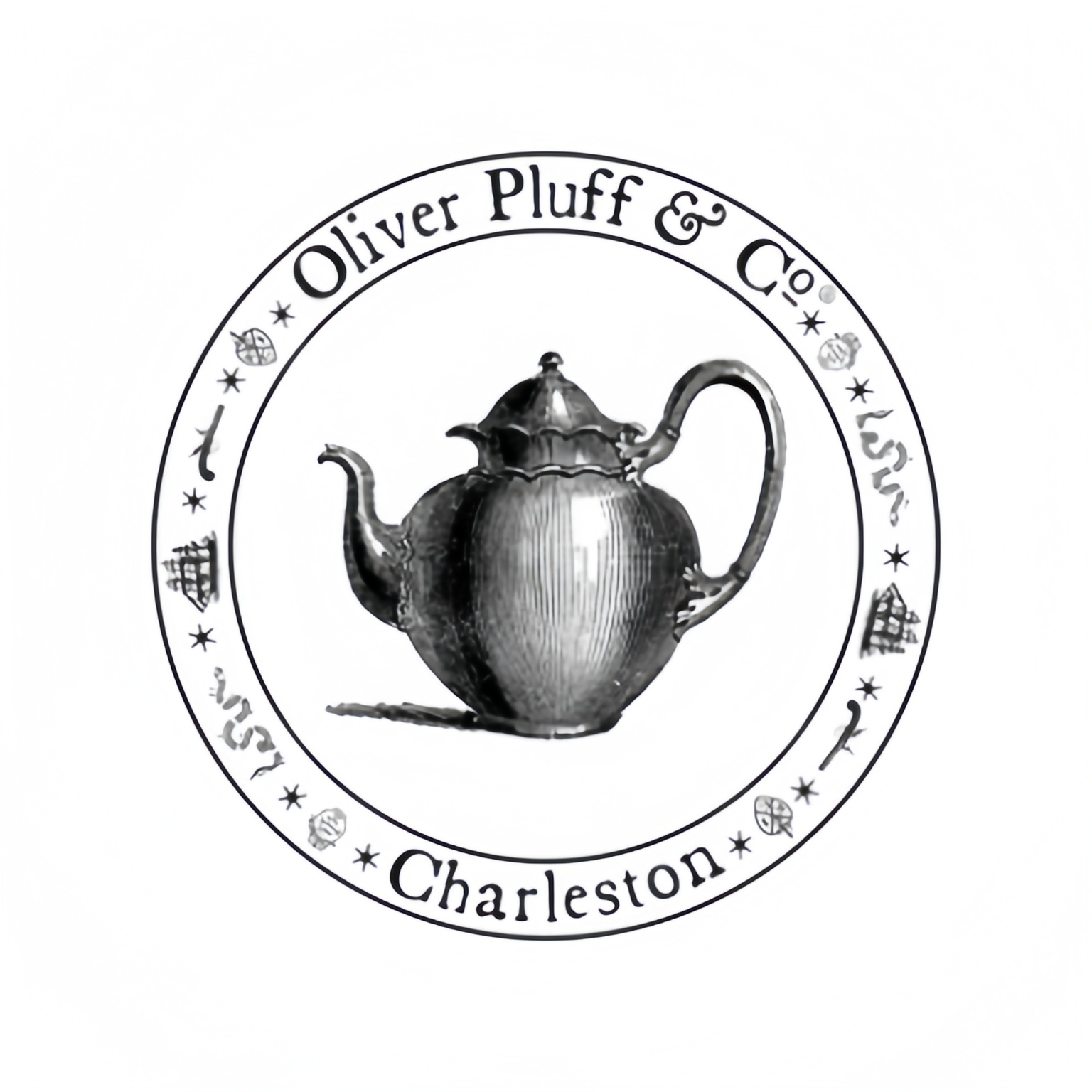Explaination of Yixing Zisha Teapot for Tea Tasting
Benefits for Tea Connoisseurs
For the tea connoisseur, the Yixing Zisha teapot aims to solve a number of common problems and meet several perennial needs:
Improved Flavor and Aroma of Tea: The porous nature of the Zisha clay allows the teapot to absorb the oils and aromas of the tea over time. This “seasons” the pot and enhances the flavor of each subsequent brew, creating a more complex and nuanced taste. The Zisha clay does not absorb or react with the tea, allowing for a more pure
Enhanced Heat Retention: Zisha clay retains heat incredibly well meaning that water will be kept at an appropriate brewing temperature for longer. This means that the tea will be given more time to be extracted yielding a more complete flavour profile. This is essential for Gong Fu Cha (Kung Fu Tea) style brewing which generally requires shorter and steeper brewing times
Durability: With proper care, Yixing teapots are very durable and long lasting. Some classic Yixing teapots can endure for generations, becoming prized heirlooms.
Aesthetic and Tactile Pleasure: The aesthetics and craftsmanship involved in creating these teapots add a unique visual and tactile dimension to the experience, adding to the overall enjoyment of the tea ritual. Each teapot, time and again, will display its own personality and story.
Prevention Of Over-Steeping: The slower heat conduction of the Zisha clay than that of some other materials, could serve as an assistance in preventing the tea from ‘overcooking’ (or tasting bitter, such as due to quick temperature changes / over-steeping) – especially in the case of the more delicate teas.
Collectibility and art: Yixing teapots are also highly collectible and many Yixing teapots can be seen as works of art.
Wellness and Mindfulness: The meditative process of making and drinking tea can be appealing to anyone interested in wellness or mindfulness.
These would be something really different to buy for someone who was into Chinese culture / tea.

Frequently Asked Questions (FAQ)
Yixing Zisha clay has a unique mineral composition (enriched in iron oxide, quartz, kaolinite and mica) and a porous and unglazed structure. The porous property of the clay allows a Yixing teapot to “breath” and absorb the essence of the tea infused over time and consequently improve the taste of the future tea brews. Moreover, the clay is only found in the town
Preparing your teapot by “seasoning” it is an important first step.
Rinse: Before initial use, thoroughly rinse your pot, both inside and out, under hot water. Washing your newly arrived pot with hot water displaces any dust or dirt that has settled inside the teapot, or any loose particles of clay left over from the firing
Jane (Оptional pero recomendado): Algunas personas hierven su tetera en una olla con agua por un período de 30 minutos a una hora y dejan
First brew: Brew a strong batch of whatever type of tea you plan to use the pot with regularly Leave this tea in the pot for several hours, or overnight. Discard the first brew.
Consistent Use: The most desirable seasoning is the result of consistent use with one type of tea (for example oolong, pu-erh or black tea). Over time the teapot absorbs the oils and character of that particular type of tea.
While there’s no law against it, it’s generally recommended to use one Yixing teapot with one type (or category) of tea (e.g. one pot for oolongs, another pot for pu-erhs) since the clay is porous enough that it will easily absorb oils and aromas of the tea and mixing tea types will cause the flavors to mix. It is not uncommon for a tea lover to gradually build a collection of pots over time.
No soap! Do not use any soaps or detergents to clean the pot. The clay will absorb the soap and then leech that disgusting soapy flavor into all your future pots of tea.
Rinse thoroughly: Rinse the pot thoroughly with hot water after each use and discard the tea leaves.
Air Dry: Allow the pot to dry completely in open air. To avoid any mildew, store with lid off
The tinned interior can be wiped with a damp cloth. The copper pans will tarnish over time, this ‘patina’ is what many people want.
Storage: Store in a well aired, ventilated place away from strong od
Signs of authenticity. Can be difficult to determine. Some of the main signs include:
Quality of the clay: authentic Zisha should have a distinctive texture and color (it should not be overly shiny unless specifically polished — it will get a polished finish from decades of use, nor should it have an
Craftmanship: Pay attention to the precision of the fit of lid; whether the spout points true; the balance of the entity. Unique idiosyncrasies will present themselves in a hand made teapot.
Artist’s Seal: Most authentic pots have an artist’s or workshop seal, stamped into the piece, usually on its bottom. Seals also can be forged.
Price: Dirt cheap Yixing teapots are suspect. Neither authentic Zisha clay nor respectable workmanship comes at bottom of the barrel price.
Source: Buy from trusted sellers. Preferably, buy from Yixing. Do research on seller. Ask questions.
Water Test: A good yixing pot should pour water well (without dripping) and its lid should fit well. If you put water in such a pot and place your finger on the air hole on top of the lid, water should not pour out from the spout. Another test is to fill the pot with water; the water level in the spout should be no lower than the water level in the body of
(This section would related to you business natue. e.g: “We take great pride in our Yixing Zisha teapot’s quality and they’re all fully inspected prior to shipment. These are traditional products and there is no longer an official manufacturer warranty for Yixing Zisha teapot as they are not electronics, etc. But we are more than happy to offer a 30day satisfaction guarantee Please email us if there is any craftsmanship defect upon arrival and we’ll do our best to help in you in fixing. Damaged due to misuse or neglect does not covered by our guarantee.)
Size: Are you brewing tea mostly for yourself or for a group of family/friends? For example, the small 100-200ml pots are used in the Gong Fu style of brewing in China, where they are meant either for an individual or a small part, as part of a process where teas are brewed with multiple infusions. The larger pots are more suited to a more casual style of brewing tea, or making larger
Shape: The shape may affect brewing properties, although this is often a matter of personal preference and aesthetics.
Long, thin pots are sometimes preferred for greener oolongs and aromatic teas, in which scent is emphasized.
Flatter, wider pots are favoured for pu-erh or black teas as more space exists to allow the leaves to expand, while more effectively inducing the brewing of the leaves in a
Tea Type: Some shapes are historically paired with teas or tea styles. For example, a 石瓢 “Shi Piao” (lit. stone dipper) shape is a classic shape that is versatile in its use. Read more about shapes if you have an particular tea in mind.
The “Memory” Feature
The “memory” is the clay’s ability to “remember” the tea brewed in it, developing a patina, or a coat of tea through prolonged use. With continued use in a single type of tea, the pot will begin to gradually take on the flavour, smell, and colour of the tea. With a well seasoned pot, even boiling water poured into an empty pot will pick up the flavour and aroma of the tea that the pot is typically used to brew. (This feature is more useful for testing the pot’s seasoning rather than actually brewing the tea.) For this reason, some tea connoisseurs recommend using only one type of tea per pot, so that the seasoning does not get mixed. This results in brewing a more flavourful and aromatic tea. Hence, it is important never to apply soap to the pot, lest the soap residue spoil the flavour of future brewings. Many thus consider it imperative to dedicate a particular tea to a particular pot.
Selection/Comparison Guide
| Feature |
Yixing Zisha Teapot |
Porcelain Teapot |
Glass Teapot |
| Material |
Porous Zisha clay |
Non-porous ceramic |
Non-porous glass |
| Flavor Impact |
Absorbs tea essence, seasons over time, enhances flavor (especially for certain teas) 1 4 |
Neutral, does not affect tea flavor |
Neutral, does not affect tea flavor |
| Heat Retention |
Excellent |
Good |
Fair |
| Best For |
Puerh, Oolong, Black Tea (dedicated pot per tea type recommended) 4 |
All tea types |
Blooming teas, green teas (visual appeal) |
| Cleaning |
Rinse with hot water only, no soap 2 |
Dishwasher safe or hand wash with soap |
Dishwasher safe or hand wash with soap |
| Aesthetic |
Earthy, often unglazed, unique textures and shapes 1 |
Wide range of colors, patterns, and glazes |
Transparent, allows viewing of tea leaves/blooms |
| Value |
Can increase with age and seasoning, collectible 4 |
Primarily functional, value based on design/brand |
Primarily functional, value based on design/brand |
Which Yixing Zisha Teapot is Right for You?
For the Serious Gong Fu’er: A smaller capacity (100-250ml) pot in Zisha clay (Zini, Hongni, or Duanni, depending on what sort of tea you prefer) of respectable quality with good craftsmanship.
For the Daily Tea Drinker Exploring Quality: Medium-sized (200-400ml) pot that feels easy, and comforting to handle. Look for a pot from a reliable source that clearly demarcates that it’s actually made from real Yixing clay. You may want to start with a more generally
Collector’s tip: source pots with individual designs, by known makers or cast from the rarer Zisha clays: provenance
For a complete novice to Yixing: Buy an authentic Yixing pot at a low-moderate price point from a reputable vendor. Spend time learning how to care for your pot. Use it with the same type of tea until you get familiar with the ritua. You’ll taste how it improves the tea. Then you can consider a more expensive piece.
Actual Cases/Customer Stories
“For years I used a porcelain gaiwan to brew my old favourite Tie Guan Yin oolong tea. I thought I was getting the best taste out of it. Until a friend gave me an Yixing Zisha teapot as a gift, and said “it’s good for brewing oolongs”. After seasoning the teapot and using it for couple of weeks, I noticed that there was indeed a difference in taste; now the tea tasted smoother, richer, with a sweeter aftertaste. It brewed the tea a bit more gently diminishing the slight astringency of the tea, and bringing out a fuller floral aroma. I’ve been using Yixing Zisha teapot for any quality oolongs ever since, and now there’s more fun in the ritual of tea brewing with clay teapots.” – Liu Wei, Tea Blogger
“I had a cake of aged raw Pu-erh, whose aroma was never matched by its taste. The tea always seemed harsher than expected. I dedicated a Yixing Zisha teapot (it was a wider, “Bian Fu” style of pot) solely for this tea. First brews didn’t seem all that different, but after about a month of use, I noticed a striking transformation.. The Yixing clay made the tea taste mellow, smoothing out the more aggressive edges of the tea and bringing out more of the deep earthy and camphor notes. The teapot itself has developed a beautiful glossy patina and gained a gentle sweet aroma when empty. It’s like this teapot matured together with the tea itself. ” – Sarah K., Collector of Fine Teas
“When we first opened our modern tea house we chose our teaware specifically to give our customers an authentic experience of Gong Fu Cha, while also offering them our own modern interpretations of making and serving tea. We chose a range of Yixing Zisha teapots and dedicated each of our teapots to a specific category of our high quality loose leaf tea range – year after year, pot after pot. One teapot for rock oolongs, another one for ripe pu-erhs, another one for Taiwanese high-mountain oolongs. Our customers are equally interested in the iconic teapots themselves, while many have expressed that the taste of tea is superior when brewed and served from Yixing Zisha teapots – the aroma is intensive and the taste is complex and profound. Yixing teapots have become more than just tools for brewing tea – they give our modern tea house an authentic touch and they’re a testament to years of our dedication and passion to preserve the tea culture and tradition.” – Owner, ‘The Urban Leaf’ Tea House.























Bryan Mitchell –
It takes patience to properly season but it’s worth worth it. My earl grey has never tasted smoother ☺️.
Crystal Jenkins –
Compact enough for my tiny Vancouver apartment kitchen. Big impact on flavour though.
Malcolm Brooks –
The purple Sand mud is funny, you can see the color change after you played it many times.
Reem Al-Farsi –
Finally upgraded from tea bags to loose leaf. This teapot makes the whole experience feel ceremonial and special.
Samuel Griffin –
I was a bit skeptical at first but I am now a total convert. The clay does in fact absorb flavours and enhance the flavours of subsequent brews.
Latasha Price –
My meditation practice has gotten much better since owning this. There is something about proper tea brewing that helps the ritual and therapy.